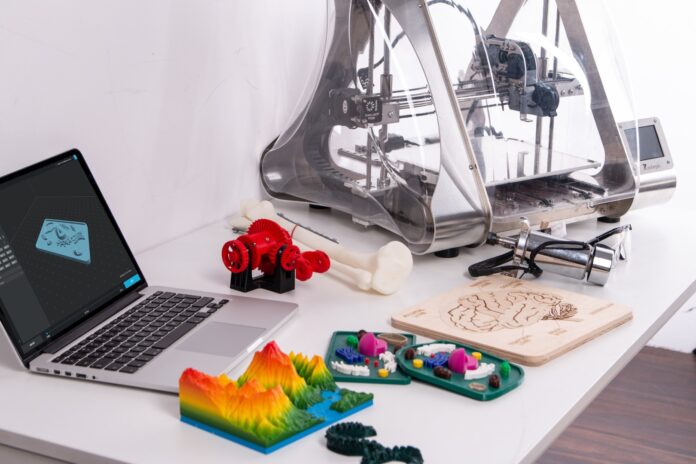3D printing technology has revolutionized the way things are designed, manufactured, and produced. With the ability to create complex and intricate designs, 3D printing has rapidly become an essential tool in various industries, including medical science. The medical industry has been one of the early adopters of 3D printing technology. In recent years, 3D printing has proven to be an efficient tool in the field of medical science, and the potential of this technology is enormous. In this essay, we will explore the impact of 3D printing technology on medical science.
3D printing is a process of creating physical objects from a digital design. It is also known as additive manufacturing because it creates an object by adding layers of material one by one. The process starts with a digital 3D model, which is created using a computer-aided design (CAD) software or 3D scanner. The software slices the 3D model into thin layers and generates a set of instructions for the 3D printer to follow. The printer then creates the object by adding material layer by layer until the final object is formed.
3D printing technology has proven to be a game-changer in the field of medical science. It has opened new possibilities and avenues for medical professionals to explore. Below are some of the ways 3D printing technology is being used in medical science.
One of the most significant impacts of 3D printing technology in medical science is the creation of prosthetics. 3D printing allows for the creation of customized prosthetics that fit the patient’s unique anatomy perfectly. This makes them more comfortable and functional than traditional prosthetics.
Moreover, 3D printing technology enables the creation of prosthetics at a much lower cost than traditional methods. This makes them more accessible to people who cannot afford expensive prosthetics. Additionally, 3D printing technology allows for the creation of prosthetics that are more lightweight and durable than traditional prosthetics.
3D printing technology is also being used to create surgical tools. Traditional surgical tools are often rigid and cannot be customized to fit the unique anatomy of each patient. This can lead to complications during surgery.
With 3D printing technology, surgical tools can be customized to fit the unique anatomy of each patient. This makes surgery safer and more efficient. Additionally, 3D printed surgical tools can be designed to be more ergonomic and comfortable for surgeons to use.
Another significant impact of 3D printing technology in medical science is the creation of medical models. Medical professionals can use 3D printing technology to create detailed models of organs and other body parts. These models can be used to plan surgeries, develop new medical devices, and train medical students.
Moreover, 3D printing technology enables the creation of models that accurately replicate the patient’s unique anatomy. This allows medical professionals to practice surgeries and other procedures before performing them on the patient. This reduces the risk of complications during the procedure.
Perhaps the most promising application of 3D printing technology in medical science is tissue and organ printing. Scientists are working on using 3D printing technology to create functional human organs that can be used for transplants.
This would revolutionize the field of organ transplantation, as there is currently a shortage of donor organs. With 3D printing technology, organs could be created on-demand, eliminating the need for donors. Additionally, 3D printed organs could be customized to fit the patient’s unique anatomy, reducing the risk of rejection. This would make transplants safer and more effective.


